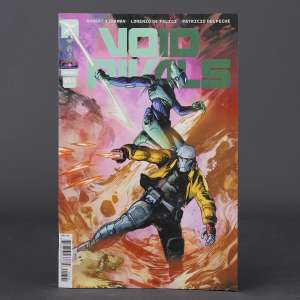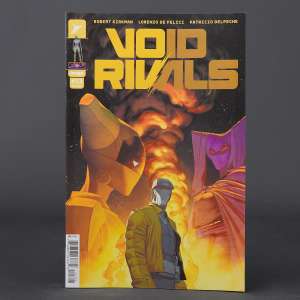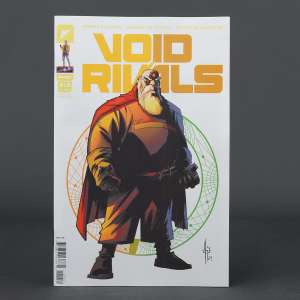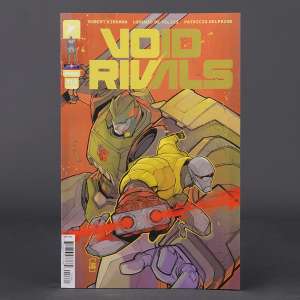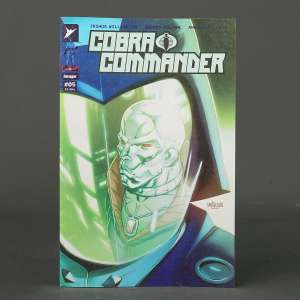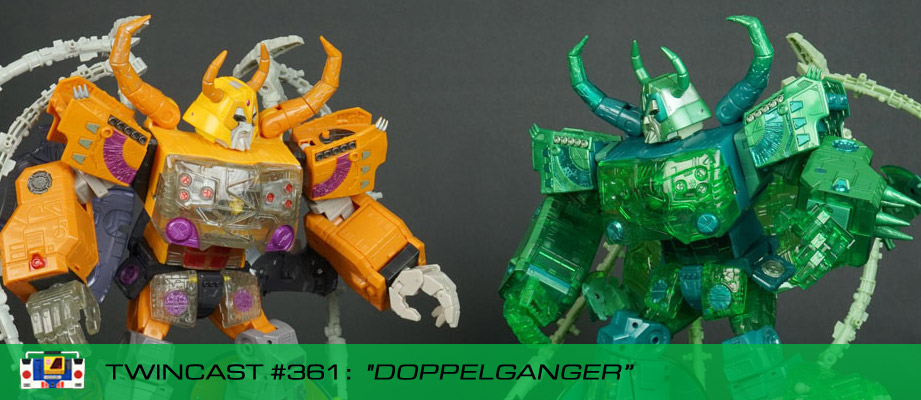 by Dr. Caelus » Fri Feb 09, 2018 10:32 am
by Dr. Caelus » Fri Feb 09, 2018 10:32 am
FORTUNE AND GLORY - SUMMARY
This is a delightfully complicated game, but I feel it bears a decently full explanation for anyone interested, so this is going to be really long; sorry!
In Fortune and Glory (FANG for short), players choose an adventurer, and travel around the world braving a variety of dangers to recover ancient artifacts, racing against each other (competitive) or against mobsters, Nazis, or occultists (cooperative). This game will use the same basic mechanics with a few twists to accommodate the Transformers theme.
FANG is played with a board/map, miniatures, dice, and several decks of cards.
Three of these decks are the ADVENTURE deck, the ARTIFACT deck, and the LOCATION deck. Pulling one card from each deck creates a randomly generated ‘story’ inspired by 1930s radio serial adventures. For example, you may pull something like Temple (Artifact) of Doom (Adventure) in India (Location). The location, of course, determines where on the map you must travel to, the Adventure determines the number of DANGERS you must overcome, and the Relic determines a few extra game effects (e.g., additional hindrances while on the Adventure). If you overcome enough dangers, you recover the Artifact, and can then take it to a city and sell if for Fortune (in the form of gold coins). You win the game by reaching a set amount of FORTUNE (based on the number of players or the time constraints of the evening).
The dangers you must overcome are pulled at random from a deck of two-sided cards. Most dangers involve either successfully evading a booby trap (e.g., a giant rolling boulder) or surviving some cliché plot point (e.g., rendezvous in a night club). Dangers are usually defeated by passing some sort of TEST.
The tests mostly consist of rolling dice to beat a challenge. The randomly drawn danger determines the roll necessary (usually ranging from 4+ to 6), the number of rolls (ranging from 1 to 4) requiring that result, and which of four dice pools (Combat, Lore, Cunning, or Agility) you use to make the roll. For example, a “Lore 5+ XX” test requires you to roll your “Lore” dice and have at least two of them come up as a 5 or 6. If you succeed, you collect the danger card and make progress towards recovering the relic. If you fail, your turn ends and you flip the danger card over, to reveal a CLIFFHANGER which presents another danger you must overcome at the beginning of your next turn. Failure to overcome a Cliffhanger gets you badly wounded, and sent back to your hometown.
DETAIL: Most of the time, you don’t have to get all of your successful die rolls in one roll. For example, on a “Cunning 5+ XXX” test, if you roll your Cunning dice, and only get one five, that’s fine – you roll again, and if you get two more, you pass the test; you only fail if you don’t get any successes. Basically, you’re disarming a trap in increments, and you’re fine so long as you don’t set it off. Occasionally, though, you run across something like an “Agility 4+ XX" - this is a DEADLY test – like leaping across a collapsing bridge – you only get one chance to make the roll. On Deadly Tests, Cliffhangers, or when adventuring with another player, you can also EXERT yourself, by taking any number of WOUNDS and adding that number of dice to a roll being made for a Test.
Sometimes a Danger, Cliffhanger, or other game effect will give you the choice or require you to fight an ENEMY, usually drawn from one of two other decks (depending on who you’re playing against). Fighting enemies essentially amounts to passing a 4+ Combat Test a number of times equal to the enemy’s Wounds, except failing to score any hits during a roll does not automatically fail the test (you just don’t hit with that roll) and your enemy can roll back against you, based on his/her own combat score, and attempt to knock you out (based on your Wounds). Usually rolls are resolved simultaneously, and you both roll until one of you is out of Wounds. Usually you also have the option to “Escape” an enemy by passing some sort of test (usually Cunning or Agility) but almost no one ever does that.
In running around and doing all of this, you have six important numbers. Your "Wounds” determines how many times you can be hurt before you’re knocked out and have to go home. Your “Defense” determines how many of an enemy’s hits you can ignore during each roll of a fight. Your four skills determine how many dice you get to roll when rolling for different test. Your combat skill is also used to determine your fight dice (but a fight is basically just a Combat skill test, so ‘no duh’).
Your chosen character determines these numbers at the start of the game, with different characters being suited for different play styles. Characters’ starting Wounds range from 4 to 6, their Defense from 0-1, and their skills from 2-5. Characters also have traits that give them special abilities or handicaps – for example, a scientist may have a high combat skill, but in a fight only succeeds on a 5-6, rather than the normal 4-6. The martial artist may have a low number of Wounds, but be able to reroll her enemy’s fight dice to avoid being wounded. A pilot may not have an exceptionally high agility, but may get to roll extra dice when completing a danger that involves flying an airplane.
Completing dangers and defeating enemies also gains you GLORY – essentially reputation points you can spend to gain ALLIES or GEAR, drawn from other card decks. These Ally and Gear cards provide various bonuses and abilities that essentially improve your character over the course of the game, allowing him or her to more easily overcome harder tests and beat more difficult enemies. Having an Occult Book, for example, can increase you Lore skill by +2 (i.e., you get to roll two more dice on a Lore test). Having a survival knife can increase your Combat skill by +1. Having dynamite can let you instantly deal d6 damage to an enemy, or automatically pass certain dangers (e.g., rubble blocking your path), but must be discarded after you use it. Allies offer the same types of bonuses, just with a bit of extra flavor, and occasionally with a chance to run away, get kidnapped, or betray you, based on certain game conditions. Usually you can have a maximum of 3 gear and 3 allies. Allies are drawn at random from an Ally deck (5 glory a card), while Gear can be drawn at random from the Gear deck (5 glory a card), or purchased in a city (prices range from 1 to 25 glory, depending on the item).
There are also EVENT cards, which you pull at various times in the game. Most of these cards represent plot twists like sandstorms and volcanic eruptions, which you can usually choose to play at any time to help or hinder players or villains. Event cards are drawn when you roll a “1” for initiative (which determines the 1st player each turn) or movement (which determines how far you can move in a turn). You may also draw (based on house rules) when you ‘pass’ a turn without adventuring (e.g., on a roll of 1-2 you draw a random enemy card, a roll of 5-6 you draw an Event card). You also draw special CITY EVENT cards whenever you enter a city, which can have a variety of consequences (e.g., a ticker-tape parade or a rooftop chase).
For the most part, other game effects are based on the villains you choose to play against and whatever house rules you make up for your game – cards are loaded with “keywords”, many of which aren’t used anywhere in the official rules, and are just there for you to make up additional rules at home.
There are three VILLAIN factions which vastly alter the style of the game. Playing against Nazis gives you a combat-heavy game with soldiers spreading across the board you have to fight, secret bases, tanks, and even a moving zeppelin you can raid. Mobsters provide a smaller number of enemies, but make things cost more, and occasionally take your allies hostage. The cultists will occasionally corrupt Allies (the chance is based on their LOYALTY score, printed on each Ally card) causing them to betray you (deal you damage, and then be discarded). The Nazis are the most fun in co-op, and I assume the other two work better when you’re playing competitively with other players. My wife and I always play co-op, but we leave the game set up overnight and will play for several evenings in a row, disregarding the fortune ‘goal’ and just going until we’ve maxed out our characters’ awesomeness or completely run out of enemies.
Believe it or not, that’s a pretty concise explanation of the rules for the base game. That’s a long read, I know, but if this is of any interest to you, I figured it was necessary to explain the basic game before talking about a Transformers adaptation in even the loosest of terms.
